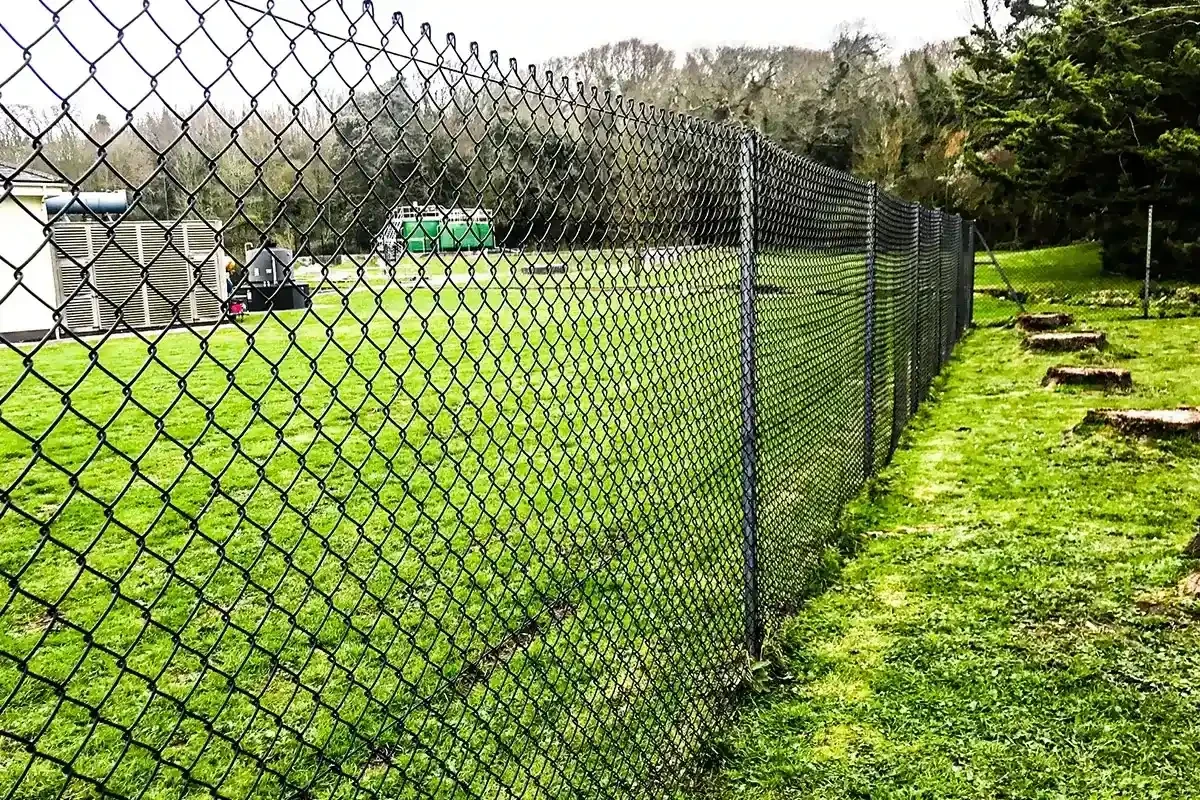Sep . 30, 2024 18:40 Back to list
A393 Steel Reinforcement Specifications and Applications for Construction Projects
Understanding A393 Reinforcement Key Aspects and Applications
A393 reinforcement steel is a prominent type of welded steel mesh used extensively in construction and civil engineering applications. Recognized for its durability and structural integrity, A393 plays a crucial role in reinforcing concrete structures, ensuring they can withstand various loads and environmental conditions.
Composition and Specifications
A393 reinforcement is made from high-quality carbon steel, conforming to specific standards to ensure superior performance. The mesh is characterized by its grid arrangement of wires, typically arranged in a rectangular configuration. The dimensions of the wires in A393 are usually 10mm in diameter, providing a robust framework that enhances the tensile strength of concrete. The mesh's openness allows for concrete to flow through easily during the pouring process, ensuring that the two materials bond effectively.
The A393 designation indicates its compliance with the British Standard BS 4483. This standard outlines the specific requirements for welded fabric reinforcement for concrete, including criteria for materials, fabrication, and performance. The designation also reflects its ultimate tensile strength and yield characteristics, making it a reliable option for various engineering tasks.
Applications in Construction
A393 reinforcement is primarily used in the construction of slab foundations, pavements, and ground-supported structures. It is ideal for applications requiring a high degree of load-bearing capacity due to its superior tensile strength. In the construction of industrial floors and warehouse bases, A393 provides enhanced resistance to cracking from heavy equipment and traffic loads.
a393 reinforcement

Furthermore, A393 can also be utilized in precast concrete elements such as beams and columns. The welded mesh's consistent wire spacing and geometry ensure uniform stress distribution, making it an excellent choice for reinforced concrete structures that require high load resistance. Additionally, A393 is often employed in road construction, particularly in the reinforcement of concrete surfaces subjected to heavy traffic.
Benefits of Using A393
The use of A393 reinforcement offers numerous benefits. One of the most significant advantages is its ability to improve the overall structural integrity of concrete. By distributing loads evenly, A393 helps prevent cracking, reducing maintenance costs and extending the lifespan of structures. Moreover, the welded design of A393 provides consistent performance across the mesh, minimizing weak points that can compromise structural strength.
Another benefit is the efficiency of installation. A393 is typically delivered in large sheets, allowing for quicker application on-site. This not only speeds up the construction process but also reduces labor costs associated with reinforcing concrete structures. The lightweight nature of A393 mesh makes it easy to handle, ensuring safe and efficient installation.
Conclusion
In conclusion, A393 reinforcement steel is an essential material in the construction industry, known for its robust properties and versatility. Its compliance with stringent standards ensures reliability, while its ease of installation makes it a preferred choice among engineers and contractors. Whether used in residential, commercial, or industrial projects, A393 plays a vital role in enhancing the strength and durability of concrete structures. As the construction industry continues to evolve, the demand for reliable reinforcement solutions like A393 remains paramount in delivering safe and sustainable infrastructure.
-
Reinforcing Mesh: Core Material of the Construction Industry
NewsJul.07,2025
-
Welded Wire Fabric Reinvented for Modern Projects
NewsJul.04,2025
-
Superiority of Stainless Steel Woven Mesh
NewsJul.04,2025
-
Key Types of Razor Wire and Their Applications
NewsJul.04,2025
-
Durable Metal Fence Types for Security
NewsJul.04,2025
-
Best Materials for Livestock Fence
NewsJul.04,2025
products.







